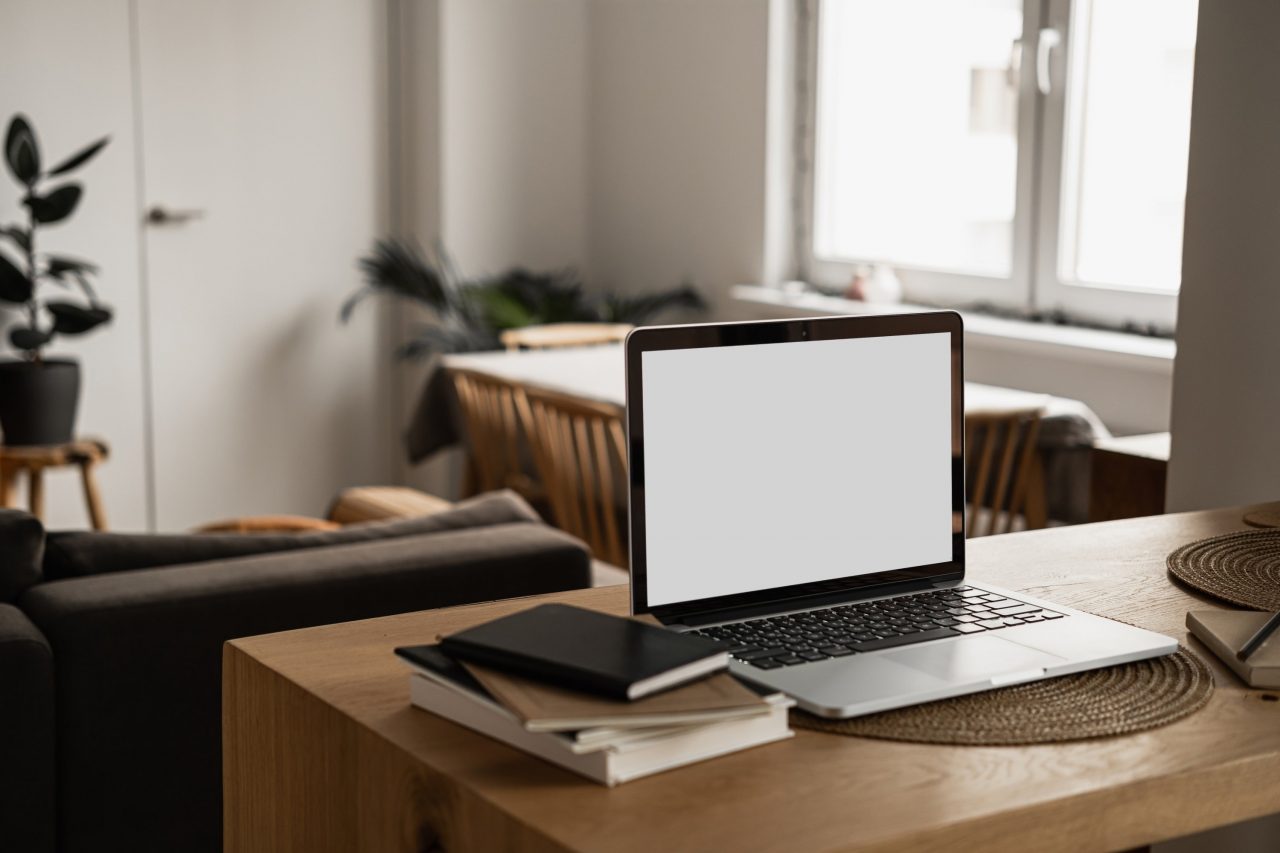
With the COVID-19 pandemic taking over the planet, home offices have become more and more popular in most countries. Setting your work environment in the house could be challenging as not everyone can be as productive while surrounded by comfy sofas and a bed. One of the details that could help you with setting up your desk is good lighting.
Good lighting helps you concentrate – and reduces eye fatigue. That’s why good lighting conditions are so important when working from home. But what exactly does this mean? Here are the most important questions and solutions:
What’s the best position for the desk?
Natural light activates the body and mind. If possible, you should position your desk perpendicular to the window. “Light that flows in from the side is not as bright as daylight from the front,” explains Andreas Wojtysiak from Germany’s Federal Institute for Occupational Safety and Health.
Ideally, your desk will be positioned based on where the light falls, especially if you plan on writing on paper. If you’re right-handed, this means the daylight should fall over your left shoulder, explains Wojtysiak. For those who are left-handed the opposite is the case. This helps prevent the writing hand from casting shadows.
How bright should the light be?
According to Wojtysiak, daylight can range from 1,000 to 2,000 lux. For comparison, the recommended light level for offices is 500 lux.
Lux indicates the intensity of light that hits or passes through a surface. It can be measured using a lux meter, as lighting industry specialist Juergen Waldorf explains. Apps are usually enough to give a rough number.
As a general rule, “older people need more light than younger ones,” says Waldorf. “So they might need a slightly higher lux level than the standard recommendation.”
Should you combine natural light with artificial light?
Natural light is often not enough to illuminate an office or desk at home. A good addition is a lamp with a daylight bulb – these are the brightest and therefore the most suitable. Their color temperature ranges up to 6,000 kelvins.
“The cooler the color temperature, the more blue components the light has,” explains product tester Peter Schick from the Stiftung Warentest consumer organization. Blue light helps us get active in the morning and stay awake in the evening.
What’s the best way to light a study or desk?
“The best way to light a desk is brightly and fully from above, either with a ceiling or a floor lamp,” advises Wojtysiak. It is important to mount the lamp outside the field of vision – it should emit light well above head height so that it does not create glare.
Schick recommends installing an LED tube light above or behind the monitor. This also prevents reflections. An LED tube with 2,000 to 2,500 lumens is perfect, he says. “This is roughly equivalent to the light output of two 100 watt bulbs,” says Schick. Lumen indicates how much luminous flux a lamp provides; The higher the number, the brighter the light is.
For video calls, Waldorf recommends attaching an additional light above the screen, which helps illuminate the face evenly. To increase contrast, you can also position a light source behind the screen.
Which light source is suitable for accurate color?
In some professions, it’s important to have colors reproduced accurately. Natural external light has a color rendering index of 100 – abbreviated to CRI or Ra value. For artificial lights at home, this value is at least 80.
“If accurate color rendering is important for your work, you should choose a light source with a Ra value between 90 and 95 or higher,” advises Wojtysiak. Good LEDs usually achieve a value of 98.
Halogen lamps come closest to natural daylight’s value of 100. But they should only be used for short periods of time, advises Schick. This is because halogen lamps get hot compared to LEDs and they have a shorter life span with only about 1,000 to 2,000 hours. An LED lasts around 15,000 hours.
How should you light the workplace environment?
As a basic rule, indirect room light should be combined with direct light in your study or at your desk. Ideally, the lights should be dimmable. The light in the immediate vicinity of the desk should be 300 lux. “The bright screen is intercepted by a harmonious distribution of light,” explains Waldorf.
Ambient or background light is important. Otherwise, your eyes will quickly get tired if you have to constantly switch between a bright workstation and dark surroundings.







